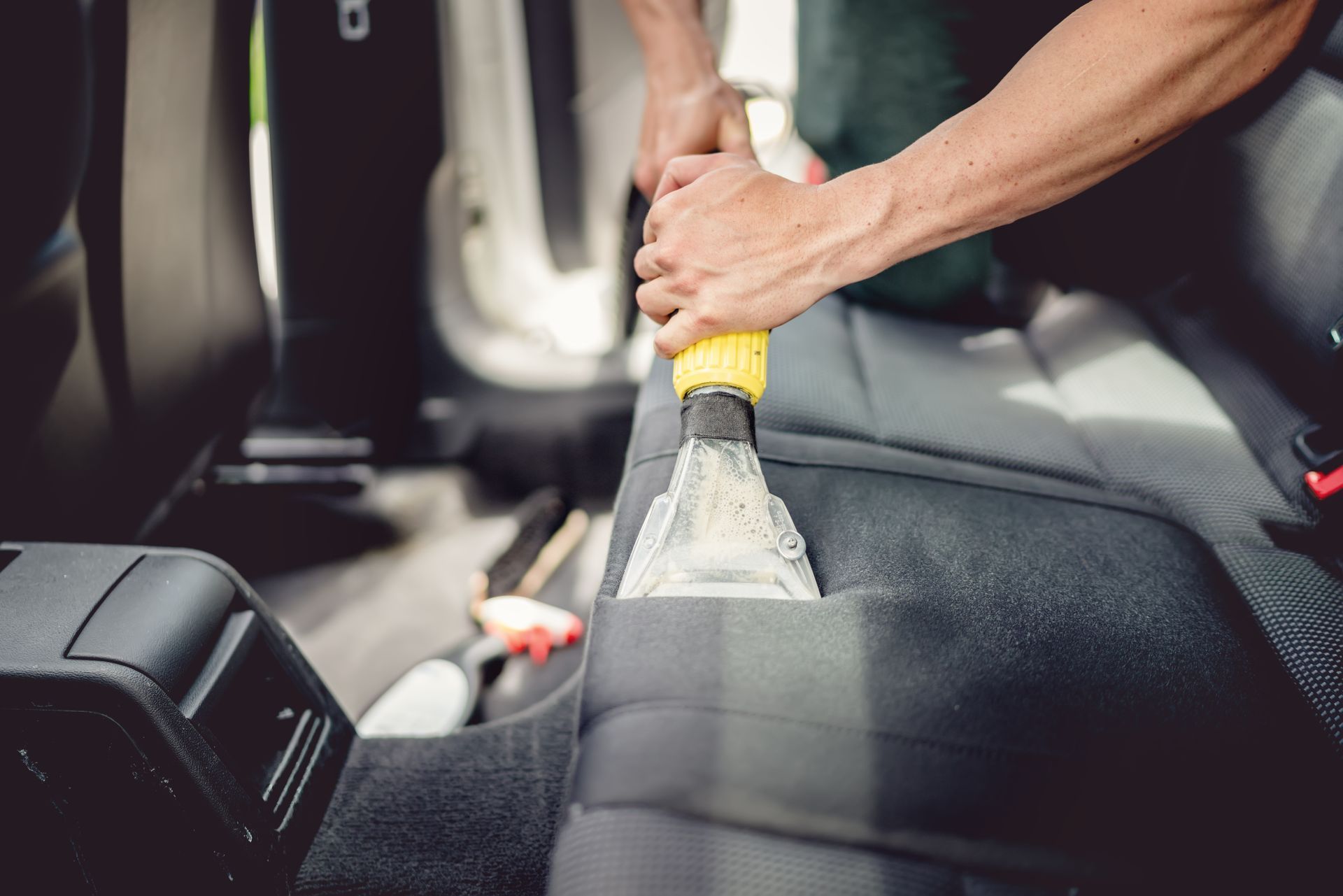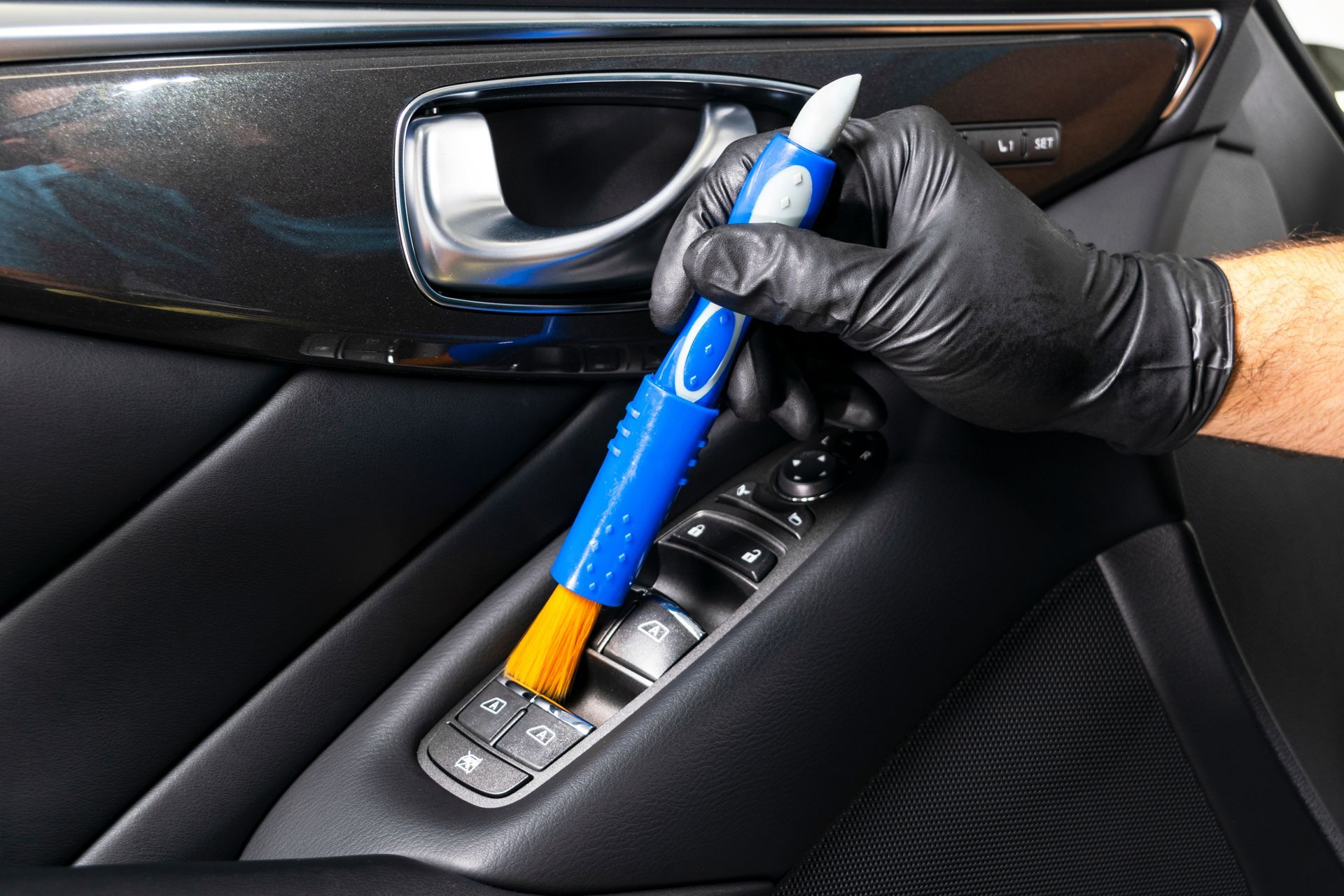Deep cleaning and restoring leather car interiors requires careful attention and adherence to best practices to ensure the longevity and beauty of the material. Here are some key guidelines to follow when undertaking this task:
Gentle Cleaning Solutions: Start by vacuuming the seats and removing any loose debris. Use a mild, pH-neutral leather cleaner specifically designed for automotive use. Avoid harsh chemicals, such as bleach or ammonia, as they can damage the leather's natural oils.
Patch Test: Before applying any cleaning solution to the entire seat, perform a patch test on a small, inconspicuous area. This helps determine if the cleaner is safe to use and doesn't cause any adverse reactions.
Soft-bristle Brush or Cloth: Gently agitate the cleaning solution onto the leather using a soft-bristle brush or a microfiber cloth. Be cautious not to scrub vigorously, which can lead to discoloration or scratches. Work in small sections and remove excess moisture promptly.
Conditioning Treatment: After cleaning, restoring the leather's moisture and suppleness is essential. Using a clean cloth, apply a high-quality leather conditioner in circular motions. Allow the conditioner to penetrate the leather for the recommended time, then wipe off any excess.
UV Protection: Leather is susceptible to sun damage and fading. Park in shaded areas or use window shades to protect your car's leather interior. Additionally, consider using a leather protectant product with UV inhibitors to shield the leather from harmful rays.
Regular Maintenance: Deep cleaning and restoration should be complemented by regular maintenance. Wipe down the leather surfaces regularly with a damp microfiber cloth, and promptly attend to spills or stains to prevent them from setting.
By following these best practices, you can effectively deep clean and restore leather car interiors while preserving the material's integrity and extending its lifespan. When in doubt, consult your vehicle's manufacturer guidelines or seek professional assistance to ensure the best results.



